Dell XPS 13 vs. XPS 13 2-in-1: Which one should you buy?
- 19 October, 2020 21:30

With Dell’s announcement of freshly upgraded XPS 13 and XPS 13 2-in-1 laptops, it’s that time of year to help you figure out just which XPS 13 you should buy.
While you might not think it’s that complicated to pick the best XPS 13 for you needs, there are now no fewer than at least four different models to pick from.
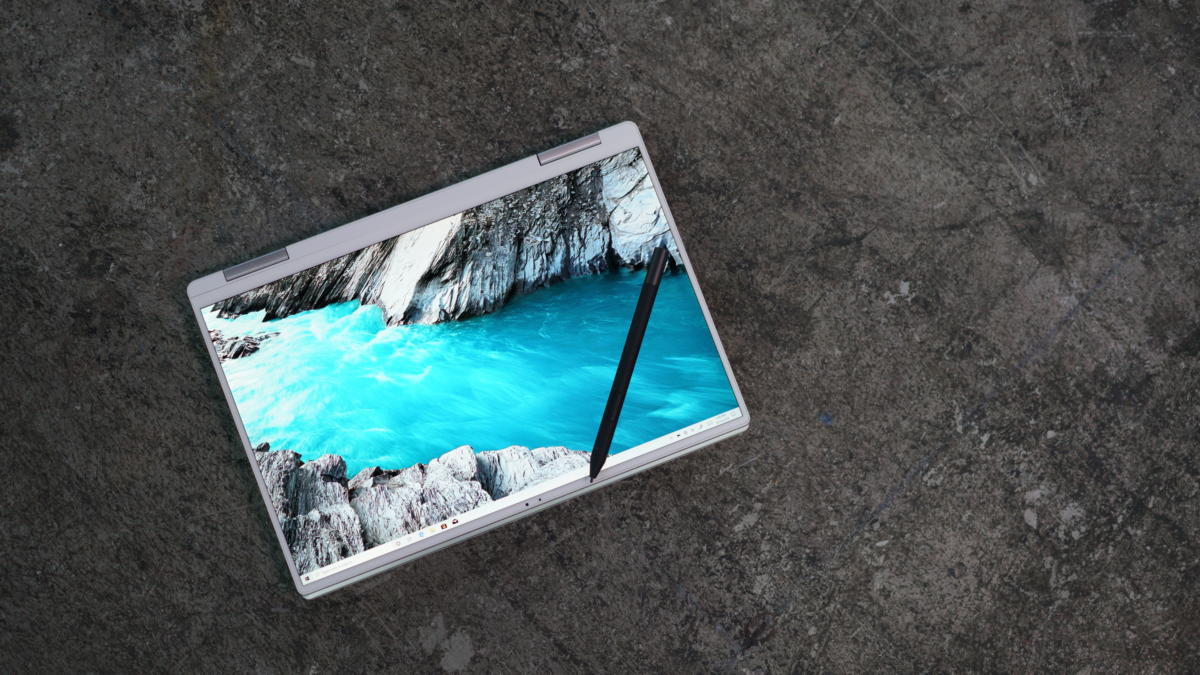 Gordon Mah Ung
Gordon Mah Ung
It’s really hard for a clamshell to beat the versatilty of a convertible laptop that can turn into a tablet.
XPS 13 or XPS 13 2-in-1: Which is best for you?
First you must decide between a traditional XPS 13 clamshell, or a convertible XPS 13 2-in-1.
For many, the versatility of the XPS 13 2-in-1 puts it ahead of its sibling. The laptop features a 360-degree hinge, so you can flip the screen into an A-frame mode for watching videos, or flip it all the way around to use as a tablet. Because every XPS 13 2-in-1 can be used as a tablet, all models have a touchscreen—something you can’t say about every XPS 13 clamshell, which only offers touch as an option. The XPS 13 2-in-1 also supports an active pen for the times when you want to draw or sign a document. The pen is optional, but it’s there if you want to take advantage of it one day.
The XPS 13 2-in-1 has two well-known drawbacks: the permanent storage and the keyboard. To make the XPS 13 2-in-1 as thin and small as possible, Dell soldered the memory chips for storage on the motherboard. This, of course, means you’ll never ever upgrade it. Technically, you were never supposed to upgrade it, but for some, upgradability is a must-have feature.
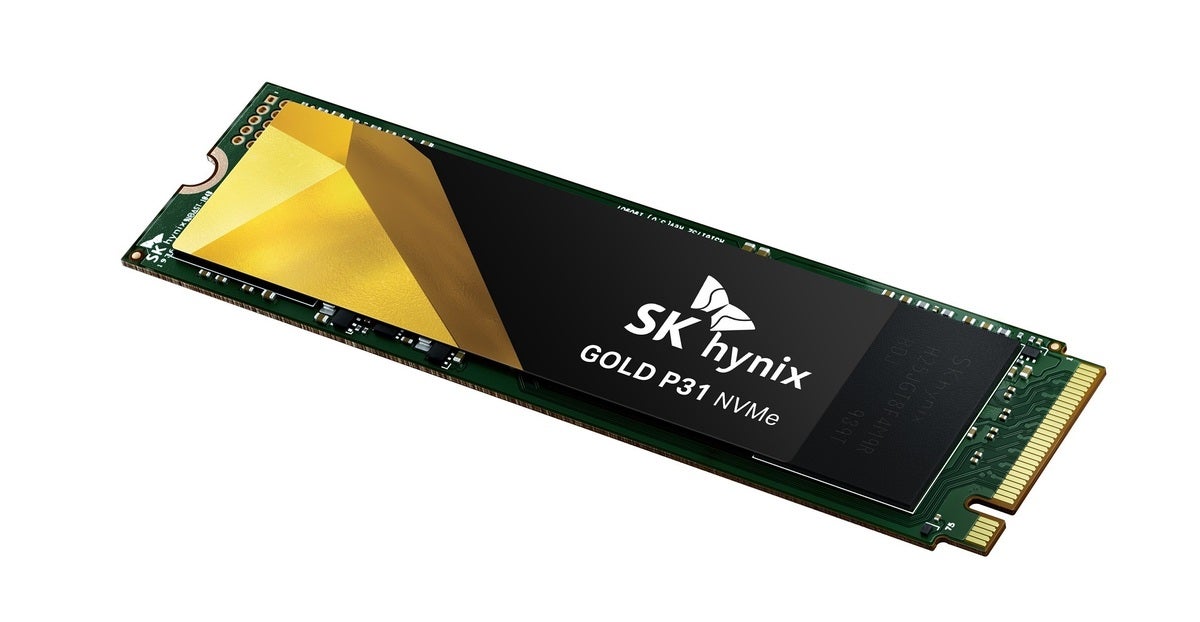 SK Hynix
SK Hynix
One “weakness” of the XPS 13 2-in-1 design is its soldered storage. That means that you won’t be able to swap the drive out down the road.
We’re not fans of permanent storage, but we do understand the rationale behind the decision. Few people are actually going to crack open an expensive laptop to swap out the SSD. Just make sure you choose the biggest SSD you can afford when you buy it.
The second drawback is more subjective. Dell uses a keyboard that uses magnets to make the keys bounce, back rather than a spring. This helps make the laptop thinner, but it also means less travel and a little more noise when typing. All things said, it’s not a bad keyboard, but not our favorite either.
The third thing going against the XPS 13 2-in-1 is its price. All of the advanced features, such as a nifty copper-cooling system, mean more money. More technology and features mean more money.
As much as pen, touch, tablet and other nifty modes in the XPS 13 2-in-1 come in handy, if you don’t ever use those features it’s a waste of money. That’s why for a lot of people, the clamshell design of the XPS 13 makes it the more logical and practical pick. If 90 percent of the time, all you’re doing is typing on the kitchen table or the patio table—or with it propped on your lap in bed, why pay extra?
One final argument for picking a clamshell over a tablet is performance. We will say that in general, a clamshell can be faster than a convertible laptop. The XPS 13 2-in-1 actually bucks the trend: Its advanced cooling has typically put it right next to, and sometimes slightly faster than, the XPS 13, despite being thinner. That’s a factor in the laptop’s cost, too, though.
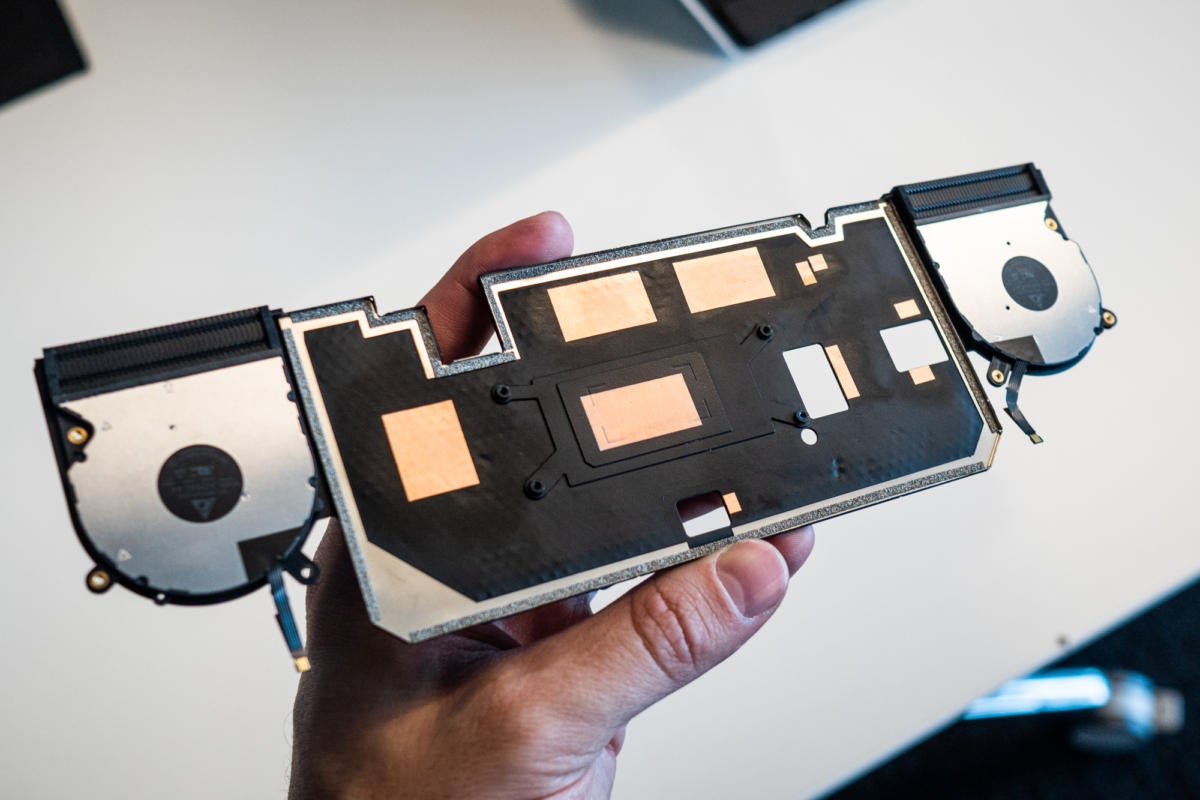 Adam Patrick Murray
Adam Patrick Murray
The advanced cooling of the XPS 13 2-in-1’s copper vapor chambers makes up for its thinner body. It’s one of the few convertible laptops that is as fast as the clamshell version.
Which XPS 13 2-in-1 should you buy?
If you’ve decided you want all those nifty features of a Dell XPS 13 2-in-1, you now have to decide between the older XPS 13 2-in-1 7390 and the newer XPS 13 2-in-1 9310. We reviewed the XPS 13 2-in-1 7390 and found it to be one of the best convertible laptops we'd seen. The main difference between the XPS 13 2-in-1 7390 and the newer XPS 13 2-in-1 9310 is mostly the CPU. The XPS 13 2-in-1 9310 features Intel’s newest 11th gen Tiger Lake CPU, while the XPS 13 2-in-1 7390 uses a 10th-gen Ice Lake CPU.
Intel’s new Tiger Lake CPU is an impressive chip, with faster graphics for gaming and higher clock speeds for general use. It’s basically a better version of the 10th-gen Ice Lake chip in the older XPS 13 2-in-1 7390. If you're chasing performance, to go for the newer 11th-gen chip.
If your computing needs stick to mainstream productivity applications plus email and browsing, however, then you likely won’t be able to tell the difference between a 10th-gen Ice Lake and an 11th-gen Tiger Lake CPU. Looking at the price difference of $300 between otherwise identically configured laptops, those not hung up on having the fastest should go with with the older model.
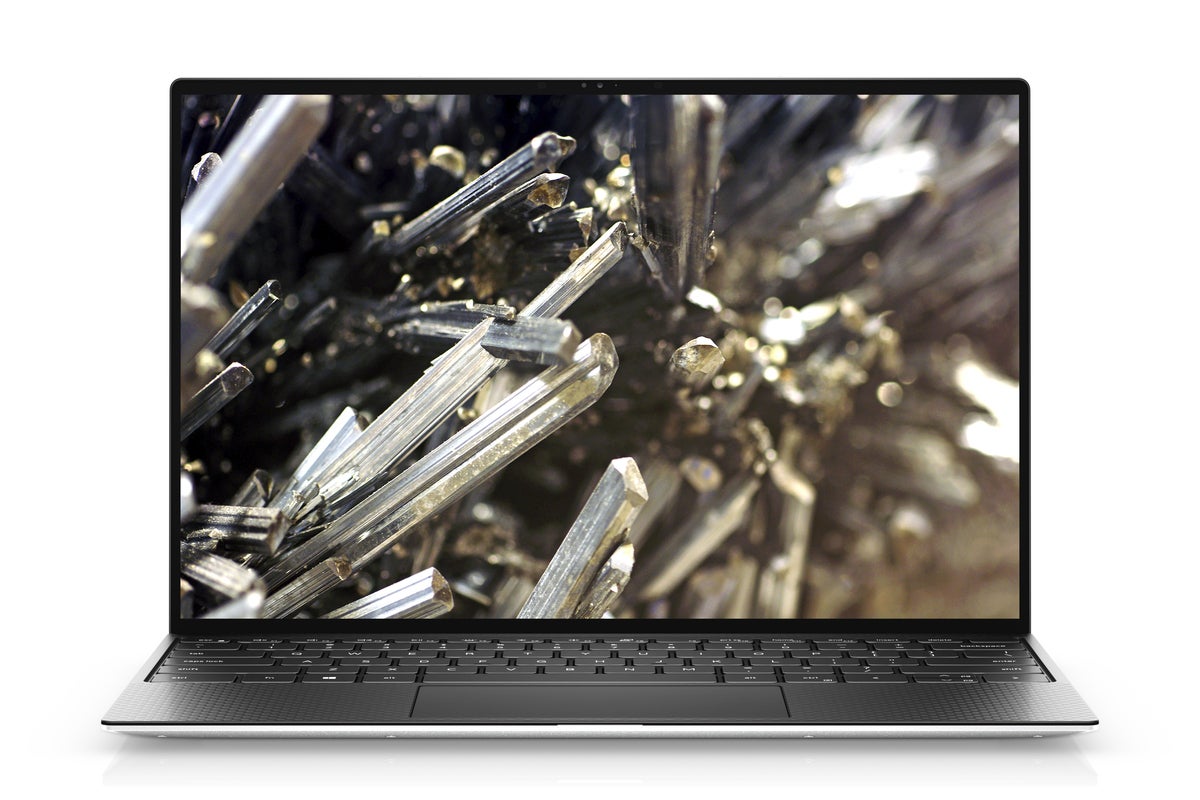 Dell
Dell
The XPS 13 9310 is mostly a CPU upgrade and features the same 16:10 aspect ratio we love.
Which XPS 13 should you buy?
Perhaps the most confusing part of Dell’s lineup is its popular XPS 13 lineup.
The newest is the XPS 13 9310 announced recently. It replaces the XPS 13 9300 that we reviewed earlier this year. The older XPS 13 7390 that we reviewed is still available as well, which further muddies matters.
The newest XPS 13 9310 is mostly a CPU upgrade, from the 10th-gen Ice Lake CPU to the 11th-gen Tiger Lake CPU. Tiger Lake represents a hefty ugprade, with higher clockspeeds and a big boost in graphics performance. The XPS 13 9310 features the same near-zero-bezel look of the XPS 13 9300, and a gorgeous 16:10 aspect ratio screen that is taller than the 16:9 aspect ratio screens you see in many laptops.
It would be confusing if the XPS 13 9310 and XPS 13 9300 were both still sold, but fortunately, Dell seems to have run down its inventory of XPS 13 9300s on Dell.com.
The confusion will likely come from a healthy supply of older XPS 13 7390 laptops. While the XPS 13 9310 and 9300 are virtually, the same, that can’t be said of the earlier model. On the insides, the big change is the CPU. The XPS 13 7390 featured Intel’s 10th-gen Comet Lake U, built on Intel's well-worn 14nm process. Comet Lake U’s claim to fame was the ability to give you 6 CPU cores in a sub-three-pound laptop. In the pre-Ryzen world, that was neat, but as our testing in our 11th-gen Tiger Lake story shows, it’s old news now. For example, a 4-core 11th gen Tiger Lake Core i7 can actually outpace a 6-core 10th-gen Core i7 today.
Externally, the older XPS 13 7390 uses a more narrow 16:9 aspect ratio screen that, while popular, forces you to stretch out windows horizontally rather than vertically. For most productivity tasks, a taller 3:2 or 16:10 panel is preferred.
Another huge difference is graphics performance. While the 11th-gen Tiger Lake CPU's Iris Xe is a boost over the 10th-gen Iris Plus graphics, it’s an even huger improvement over the UHD graphics in Comet Lake.
The XPS 13 7390's remaining advantage is price. And again—to keep things in perspective—if you don’t care about games, and don't need the utmost in CPU performance, paying less for a laptop based on the older 10th-gen, 14nm Comet Lake U is a great way to cut the cost. For general use, laptops based on even 8th-gen CPUs are almost indistinguishable from the newest CPUs.
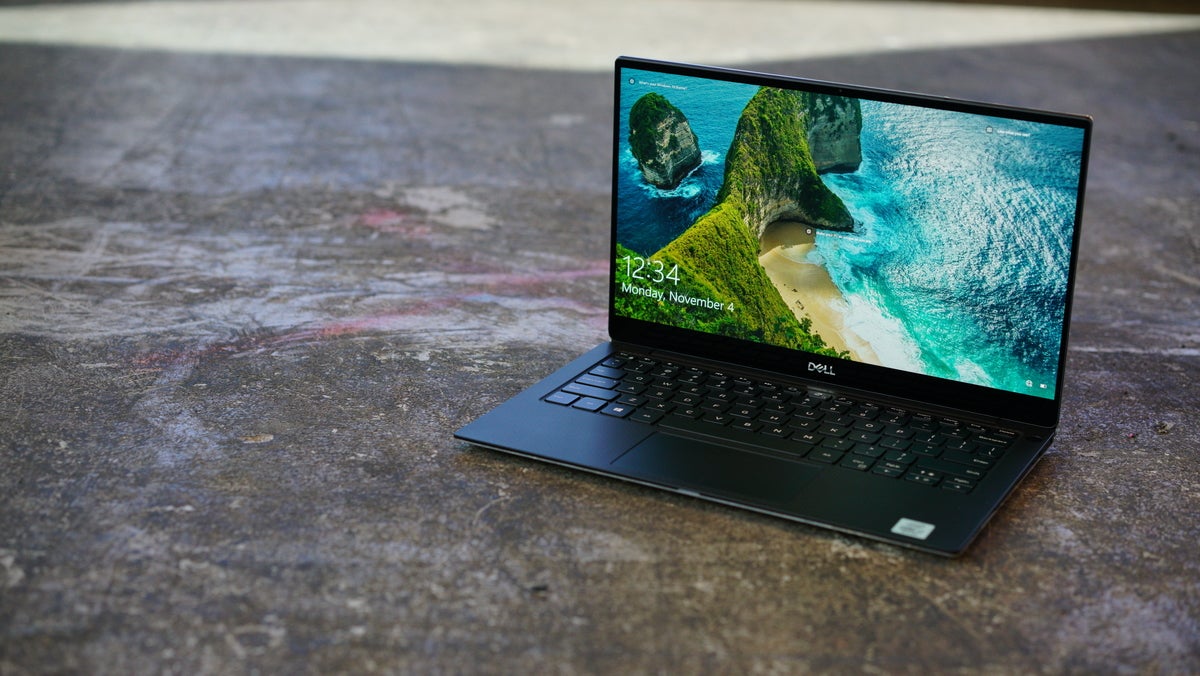 Gordon Mah Ung
Gordon Mah Ung
Having a shiny new 11th-gen XPS 13 sounds great, but for general use, the average person probably couldn't tell the difference between an older Dell XPS 13 7390 and a new XPS 13 9310.





